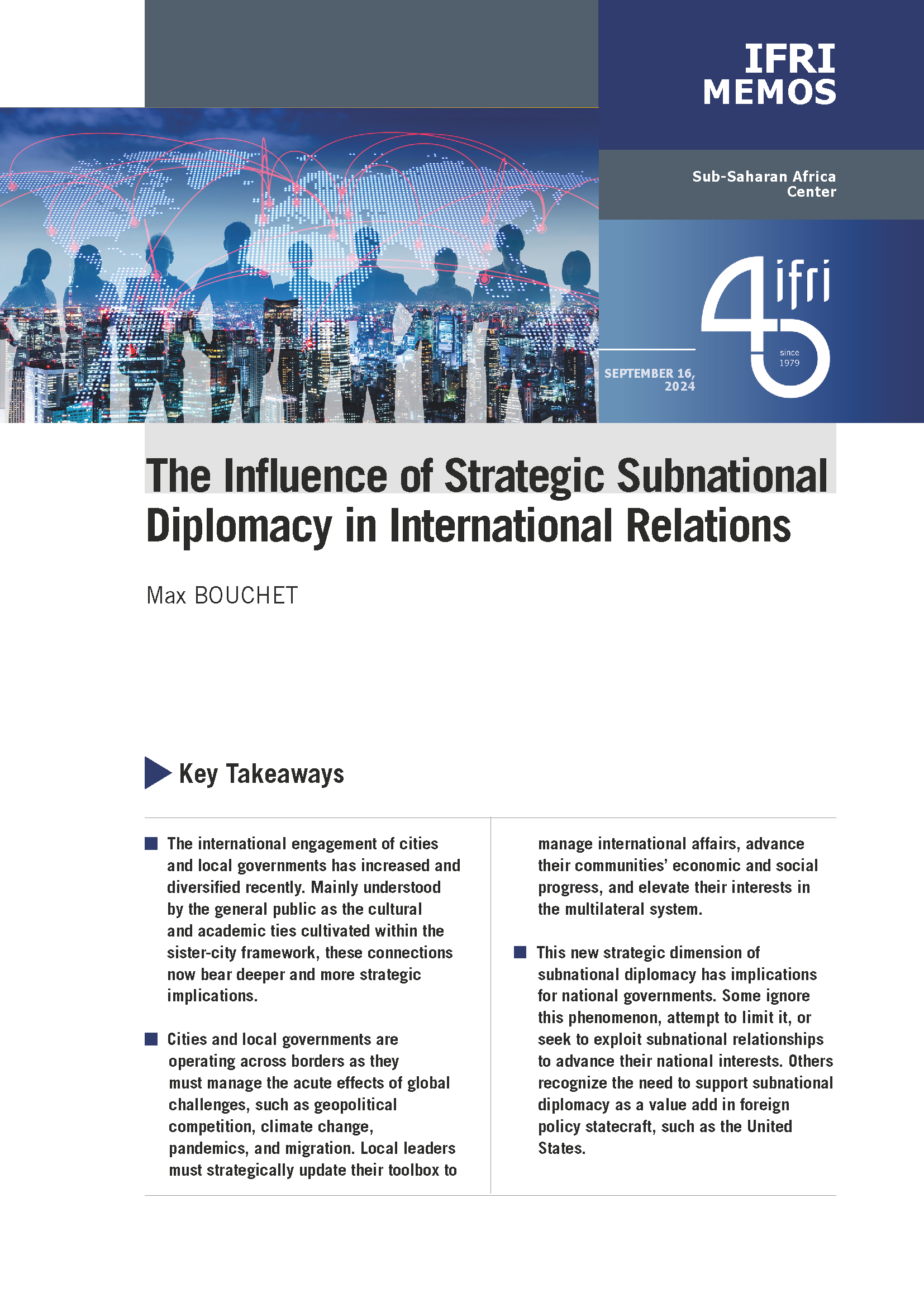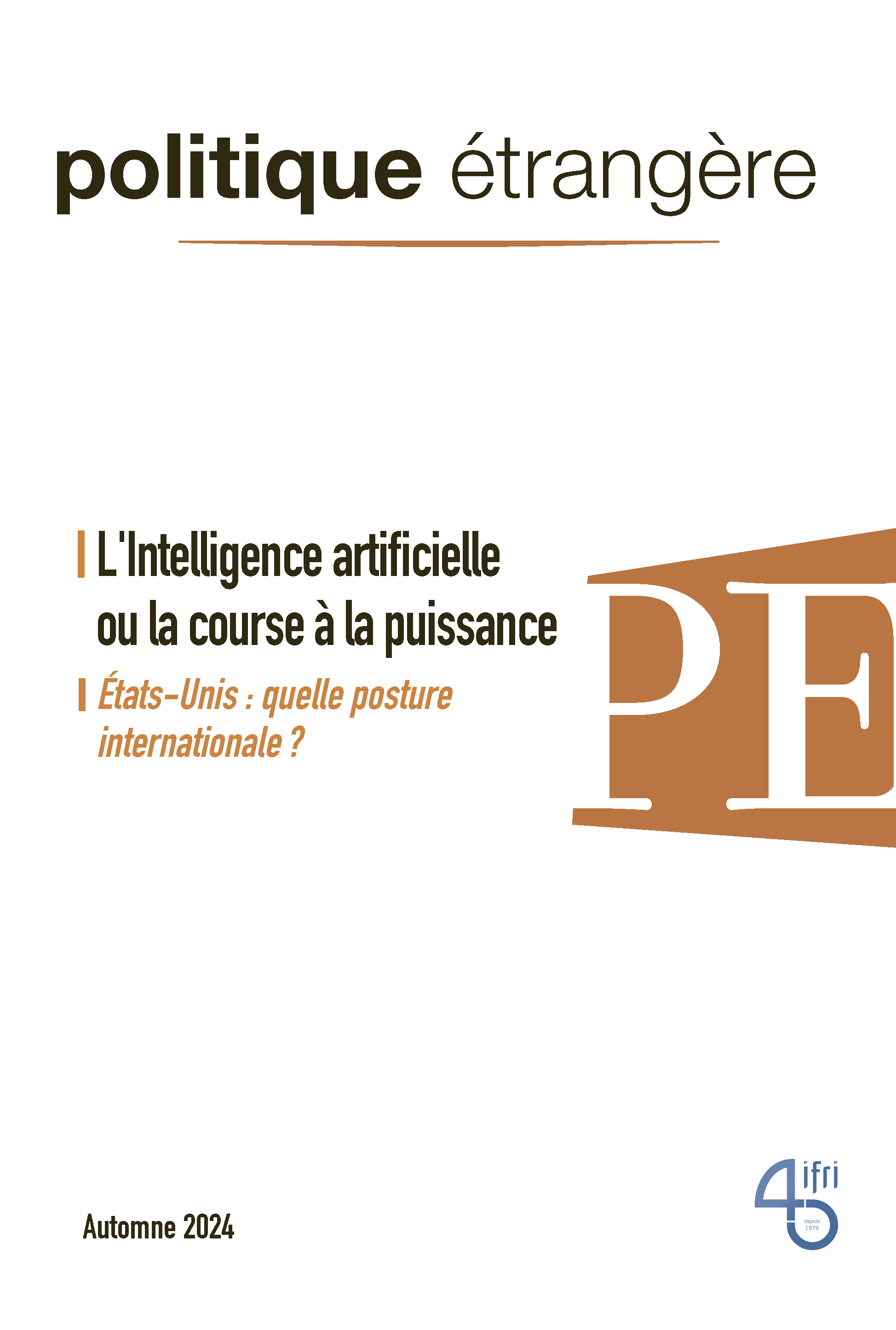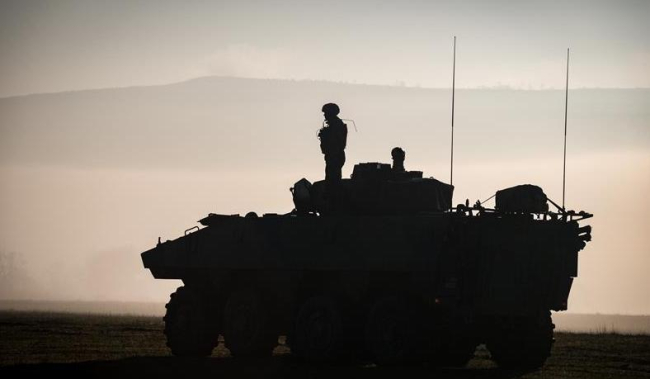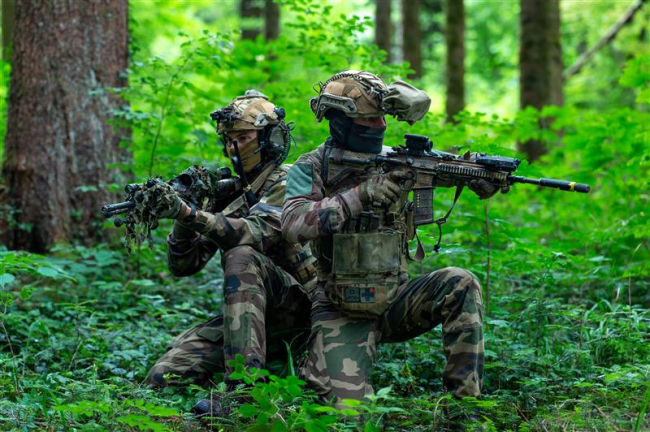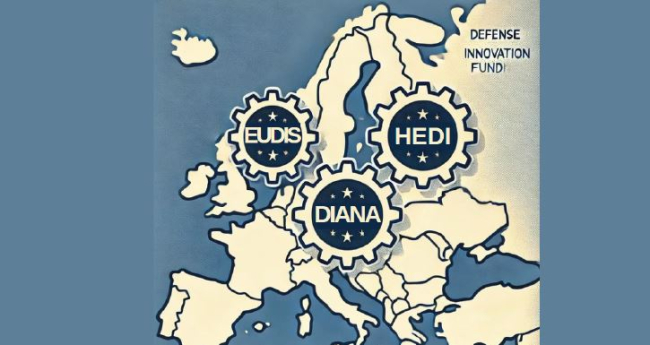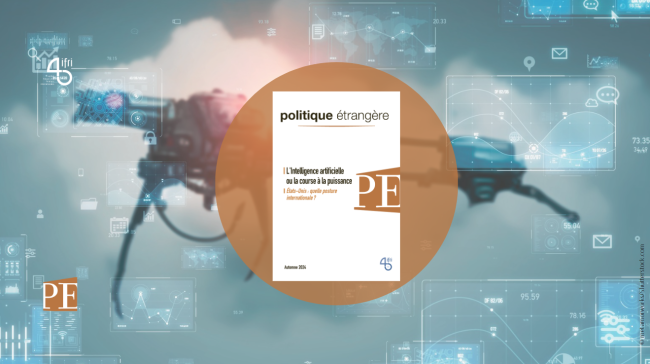La paix par la force. La modernisation de la défense sud-coréenne sous la présidence Moon Jae-in
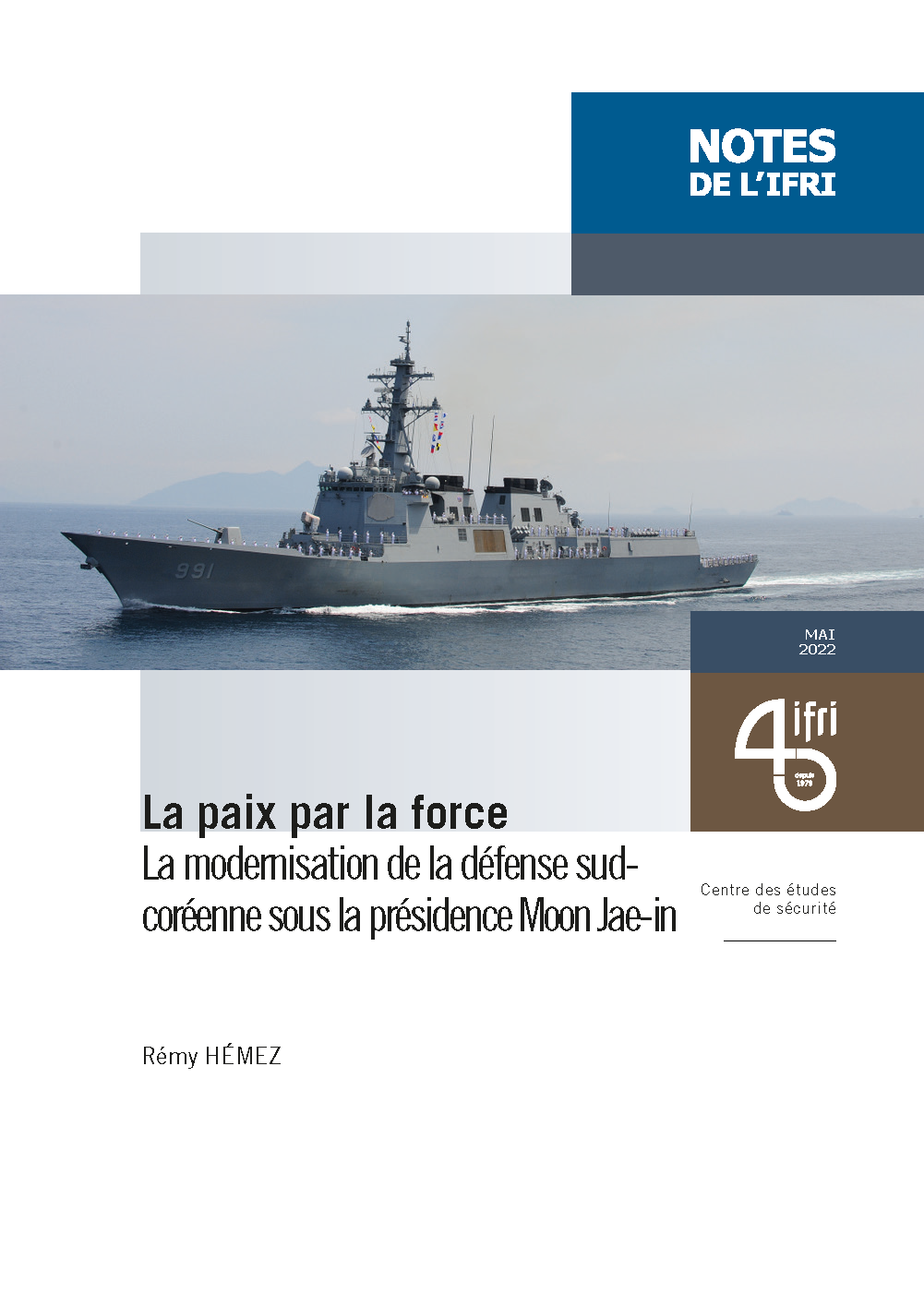
South Korea's defense modernization plan, Defense Reform 2.0, represents a significant effort in terms of military capabilities since 2018. The outgoing president, Moon Jae-in, has placed particular emphasis on high-tech acquisition as well as transforming the Korean defense industrial and technological base into a major domestic and international supplier.
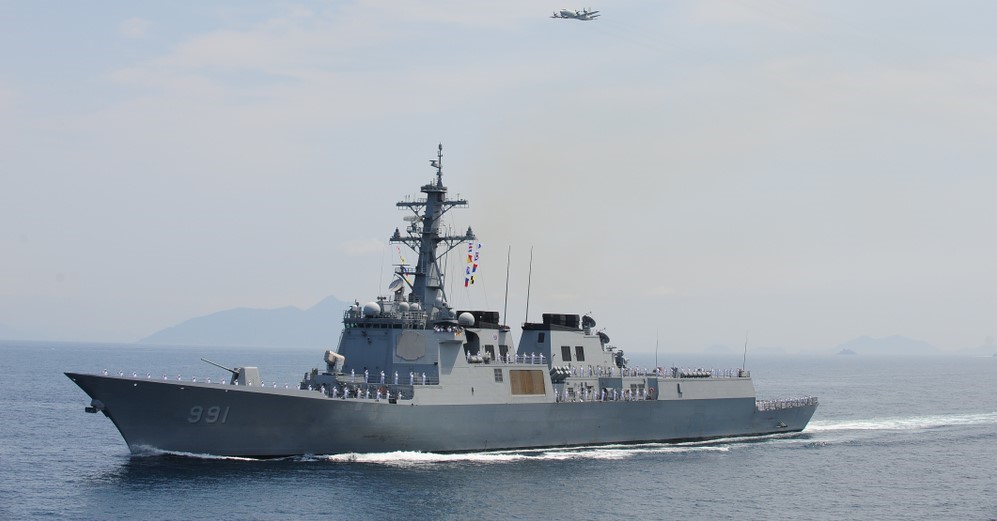
In addition, South Korea is proactive in its quest for strategic autonomy. In this regard, the naval and air components of its military are being diversified, notably by initiating the construction of an oceanic navy. Seoul is also seeking to develop its intelligence and detection capabilities through space-based capabilities to protect itself against any attack from the north of the peninsula.
It should be noted, however, that these developments do not come at the expense of South Korea's historic relationship with the United States. Indeed, even if it has become more discreet under the presidency of Donald Trump and doubts persist about the extent of the American nuclear umbrella, the military alliance between Washington and Seoul continues. At the same time, the Republic of Korea is trying not to get caught up in the Sino-American competition, as China remains an important trading partner.
Finally, the armed forces' reform undertaken under the Moon Jae-in presidency, intended to break with a military culture considered backward and to focus on technology in a context of demographic decline, has not been entirely successful.
This content is available in French: "La paix par la force. La modernisation de la défense sud-coréenne sous la présidence Moon Jae-in".

Also available in:
Regions and themes
Share
Related centers and programs
Discover our other research centers and programsFind out more
Discover all our analysesEUDIS, HEDI, DIANA: What's behind Three Defense Innovation Acronyms?
In Europe, with Russia’s war of aggression against Ukraine showing little sign of abating, a persistent gap remains between security needs and defense spending. According to a 2006 commitment enshrined at the 2014 Wales NATO summit, the North Atlantic Treaty Organization (NATO) members should disburse no less than 2% of their national gross domestic product (GDP) on defense, out of which 20% is to be spent on equipment and research and development. In 2024, only 23 Allies out of 32 are expected to meet or exceed this target, though a significant improvement from only three in 2014. This total includes the United States (US) devoting 3.38% of its GDP to defense, constituting almost 70% of all NATO member defense spending combined.
From Ukraine to Gaza: Military Uses of Artificial Intelligence
The wars in Ukraine and Gaza show us the extent to which artificial intelligence (AI) has become integral to battlefield operations.

French thinking on AI integration and interaction with nuclear command and control, force structure, and decision-making
This paper analyses the French literature on France’s perception of military AI, especially its consequences on strategic systems and competition, and nuclear deterrence.
The Future of Europe’s Strategic Deterrence is (also) at Sea
A cursory look at both France and the UK suggests that the future of European nuclear deterrence is at sea.


